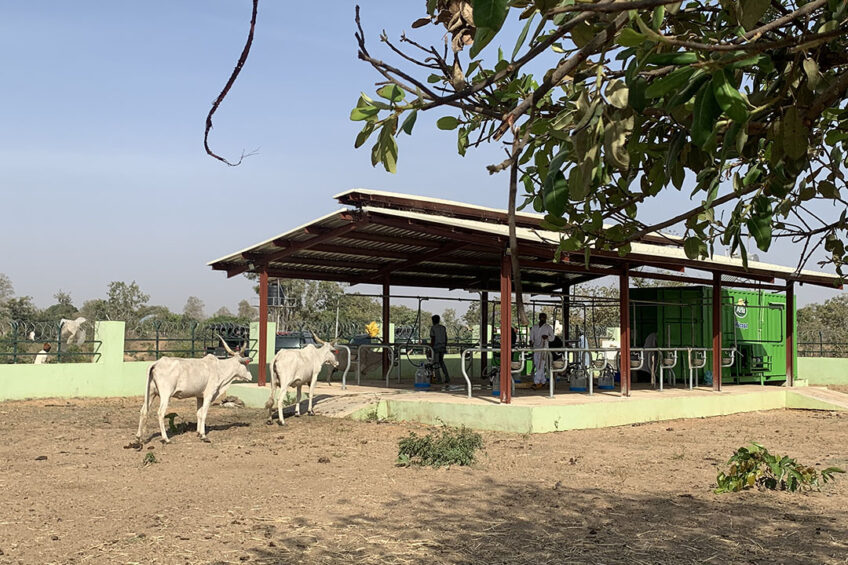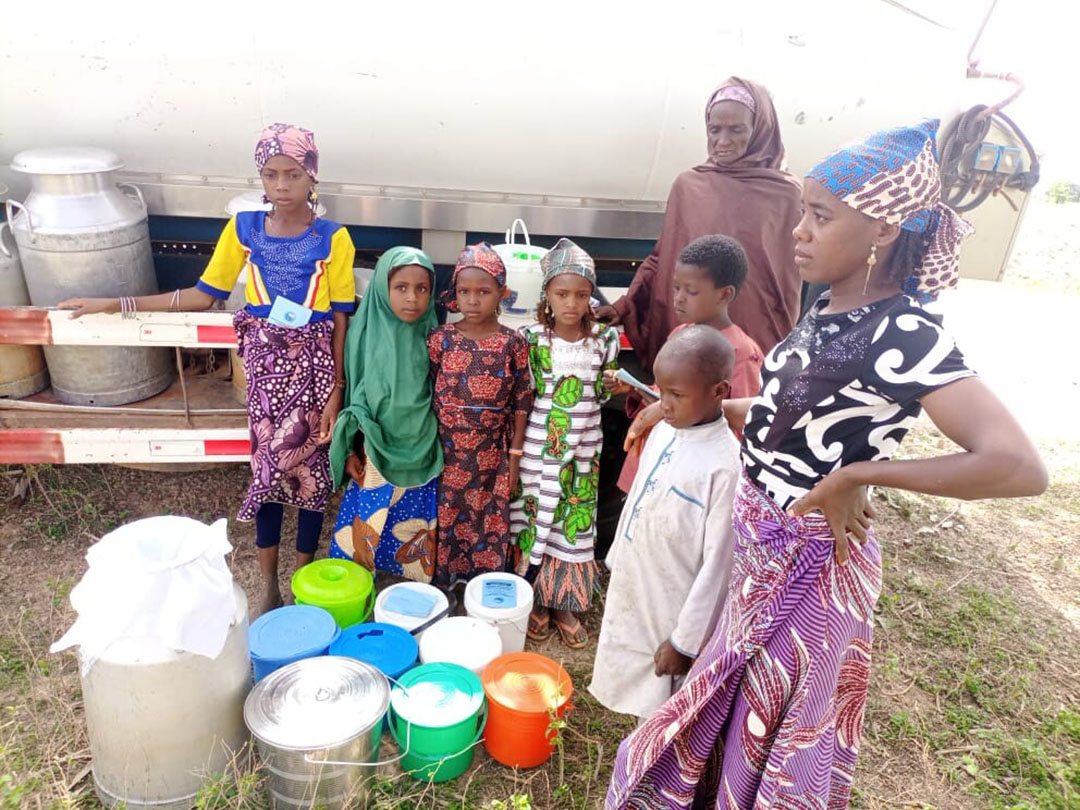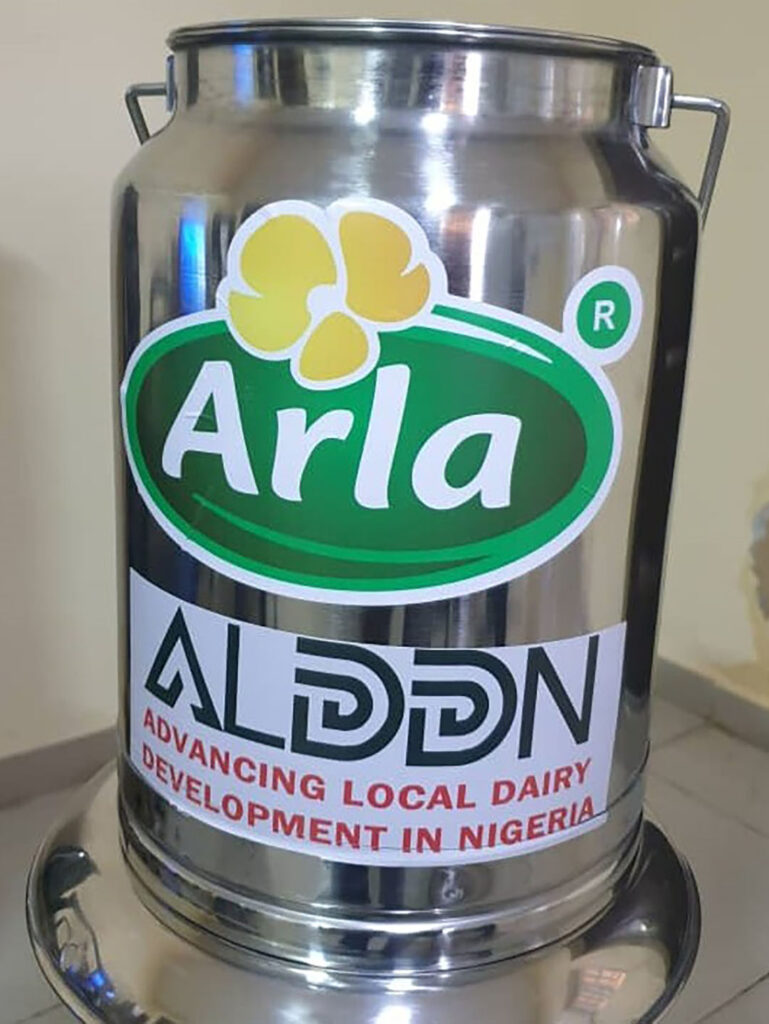Improving milk quality in Nigeria is a marathon not a sprint

For dairy farmers in developed countries, it is well-known how important good milk quality is for the success of the dairy company producing products derived from milk. We have, for decades, had requirements on the number of somatic cells in the milk and, of course, on total bacterial count (TBC), etc. This is not the case in most countries where dairy production is not well established.
Even today a common quality parameter for milk is “white and fluid”, meaning if the delivered milk meets the minimum criteria for quality concerning pH, smell and consistency, etc., then the milk is considered ok for production.
Milk parameters
Nigeria has been slowly moving towards more developed methods to evaluate milk quality, and in the foreseeable future, TBC will be added to the quality parameters for the milk bought for our dairy. Then, a natural next step towards better milk quality is to measure milk fat and milk protein. We are not there yet though, as to add TBC is already a huge step toward the future compared to current methods which are criteria mainly based on whether milk is “acceptable” or “rejectable” and nothing in between.

But what does it take to change from the current evaluation system into measurements of TBC, etc.? Firstly, we have been focusing on the importance of hygiene at milking, especially concerning udder, teat and hand hygiene. Almost all the milk we get for our production in northern Nigeria comes from farmers that hand-milk their local cows. This makes milk quality somewhat challenging. However, we have seen that milk quality can be high if the farmers stick to approved and recommended methods. But then again, we have also seen the milk quality go bad quickly if the farmers do not follow the protocol and standards.
Milk cooling and transport
Secondly, we have, as I have previously mentioned in my writing here, the issue of cooling the milk. The milk is always delivered warm. This leads to some challenges for us, but less than many might think. Fresh milk that is delivered warm to the milk collection point, and within 2 hours after milking, is quite good milk, and if it gets to the pasteurisation process soon after delivery, the quality remains intact despite the milk never having been cooled.
Thirdly, we face some challenges with milk delivery from the small local farms to the milk collection area. Here our employees show up at certain time slots and farmers bring the milk to these places to sell and deliver the milk. When the milk gets to the fixed places, it is sometimes brought in open buckets, paint jars, Coca-Cola bottles or whatever containers the farmers can get their hands on. These containers are not designed for this use, so to improve this part of the operation we joined forces with the Bill & Melinda Gates Foundation and bought hundreds of small 10-litre stainless steel milk jars with lids. These have then been distributed to the farmers so they can deliver milk in proper containers and increase the likelihood of good quality milk.

Change takes time
Finally, it is important to realise that this is a marathon, not a sprint, and that changes will take time. Nothing can be done overnight so changing the mindset of the local farmers and getting them to understand the importance of improving the quality of milk will take time.
The most common use of local milk is for products that have a short lifespan – a few days at most – so the need for quality milk that meets European standards has simply not been an issue in Nigeria. Now, though, producers are making more and more products that need to be sold in places that are further away and therefore a longer shelf-life is needed. With this trend, the quality needs to be good from day one.
Pasteurisation can help, but if the level of TBC in the milk is high from the beginning, then pasteurisation cannot take the raw milk back to square one. This fact is one of the main reasons we are now focusing more and more on TBC in milk in Africa, and I think that within a few years we will see tremendous changes in how things are done here and the attitude farmers have towards milk quality.
There is simply no way around this topic: good milk quality is and will remain on the agenda for dairy farmers in Africa.






